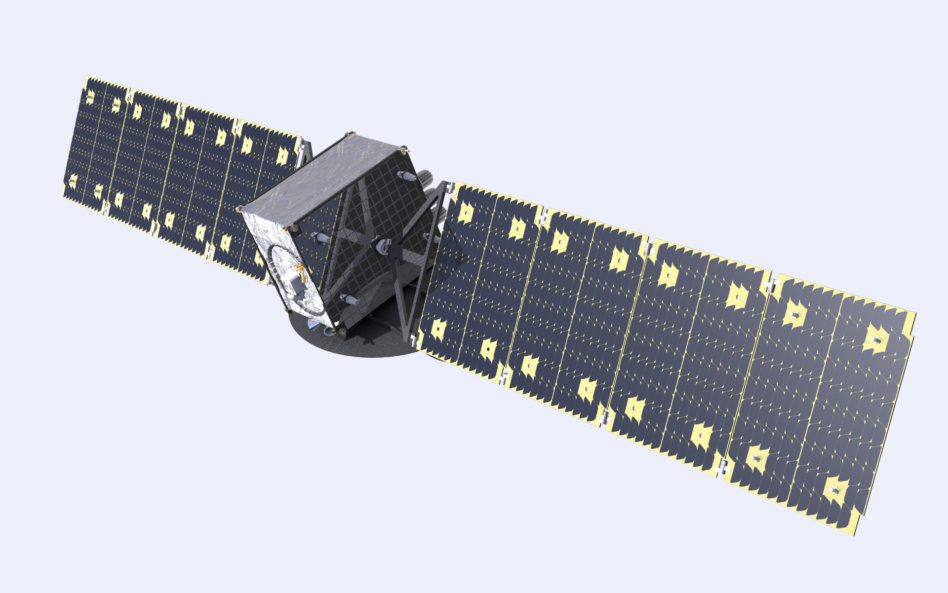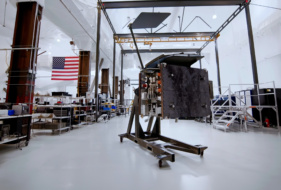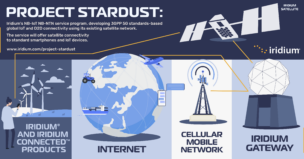This week, SF-based Astranis announced a $90M deal with Andesat, a Latin American telco, to provide broadband capacity to cell towers in Peru. Astranis’s satellite will extend connectivity to underserved, remote pockets of Peru—and help cell networks leapfrog from 2G to 4G across the country.
It’s a “landmark deal,” Astranis cofounder and CEO John Gedmark told Payload. “This is the first time that Peru has had its own satellite.” In a nutshell, that’s Astranis’s model: providing turnkey broadband satellites to customers.
The technology: Astranis says its MicroGEO satellites are 1/20th the size of traditional legacy satellites and 1/10th the cost. Admittedly, Gedmark said: “Each of our satellites is a smaller, more targeted chunk of capacity” than traditional GEO ones that can blanket an entire continent with coverage.
“That said, we did pack an enormous amount of punch in this compact form factor.” How?
- Developing new thermal, structural, and electronics systems from scratch.
- Software-defined radio. The technology enables operators to move capacity around a satellite’s coverage area as needed, while helping Astranis quickly iterate and reduce mass, size, and costs.
“We move all of this horsepower [from hardware radios] into software,” Gedmark said. The software emphasis may partially explain why Andreessen Horowitz (a16z), of “software is eating the world” fame, backed Astranis. On that note…
Funding history: Astranis got its start in 2016 and graduated from Y Combinator the same year. In 2018, a16z led the startup’s Series A (which represented the VC’s first space deal). A $250M Series C this April vaulted Astranis past unicorn status to a $1.4B valuation. The company has raised just shy of $400M to date, per PitchBook.
Peaks and troughs: Peru is the perfect proving ground for Astranis’s cellular backhaul technology. The mountainous terrain makes terrestrial cell tower connectivity infeasible, economically and physically. A satellite could theoretically provide connectivity to a cell tower on the top of Machu Picchu, Gedmark said. But more importantly, Astranis will “get about 3 million Peruvians 4G broadband internet on their cell phones for the very first time.”
Looking forward: Andesat-1, Astranis’s initial satellite, will launch into service in 2023. The deal includes an option for a second satellite, which could provide additional capacity down the road.




